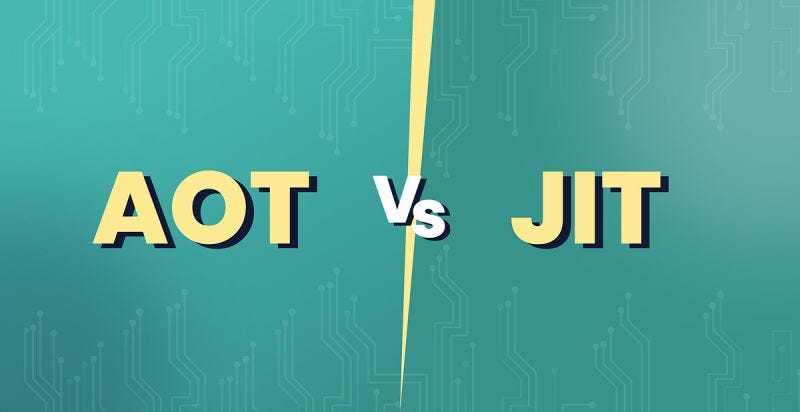🚀 Exploring JIT vs. AOT: Unveiling the Powerhouses of Compilation 🛠️
In the realm of programming languages and software development, the choice of compilation strategy can significantly impact performance, resource utilization, and overall user experience. Today, let's dive into the intriguing world of Just-In-Time (JIT) compilation versus Ahead-Of-Time (AOT) compilation, shedding light on their strengths, applications, and implications.
🔍 Understanding JIT Compilation:
Just-in-time compilation operates dynamically during runtime. Instead of translating the entire program into machine code before execution, JIT compilers translate code segments on-the-fly as needed. This adaptive approach allows optimizations tailored to runtime conditions, potentially yielding enhanced performance. JIT shines particularly in environments with complex optimization requirements or dynamic code generation scenarios, like in Java Virtual Machine (JVM) or modern web browsers executing JavaScript.
🔧 Embracing AOT Compilation:
On the other hand, ahead-of-time compilation pre-compiles source code into machine code before execution. This approach offers advantages in scenarios where performance predictability, startup time, or resource constraints are critical. By eliminating runtime compilation overhead, AOT can deliver faster startup times, reduced memory footprint, and enhanced security, making it a preferred choice for resource-constrained environments, embedded systems, or high-performance computing.
💡 Key Considerations:
💎 Performance vs. Startup Time: JIT often excels in long-running applications where runtime optimizations can amortize compilation overhead, while AOT shines in scenarios prioritizing quick startup and predictable performance.
💎 Resource Utilization: AOT can lead to smaller memory footprints and lower CPU utilization by eliminating runtime compilation overhead, whereas JIT may consume more memory and CPU cycles during compilation.
💎 Dynamic vs. Static Optimization: JIT adapts optimizations based on runtime profiling and feedback, offering dynamic performance enhancements, while AOT optimizations are typically static, applied uniformly across the codebase.
🚀 Harnessing the Power of Both:
Rather than viewing JIT and AOT as competing strategies, savvy developers often leverage them complementarily to achieve optimal results. Hybrid approaches, like profile-guided AOT compilation or JIT/AOT combinations, capitalize on the strengths of each method to strike a balance between performance, startup time, and resource efficiency.
In conclusion, the choice between JIT and AOT compilation hinges on various factors, including performance requirements, resource constraints, and deployment environments.
Subscribe to learn more about distributed systems, databases and intricate internals behind renowned tools and systems.


